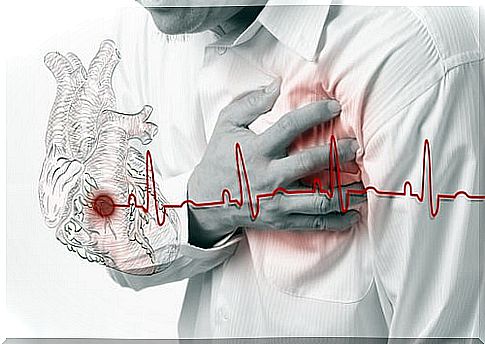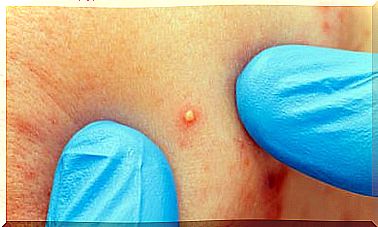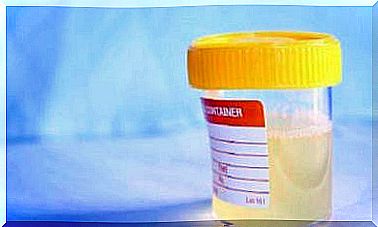Pre-infarction Symptoms
The symptoms of a heart attack are different for men and women. Women in particular need to be careful, as the signs can be confused with other diseases and, as a result, diagnosis is often made late.

The symptoms of pre-infarction are usually easy to identify. If someone has sudden chest pain that extends to their left arm and back, they must be treated immediately as the person is at risk of death.
However, if it is pre-infarct or angina pectoris, the situation is not that dangerous, but rapid medical treatment is still necessary.
In order to understand the symptoms of pre-infarction and to prevent more serious problems, we will describe the main signs below.
First of all, it must be made clear what we are talking about: A pre-infarct is a functional disorder of the heart muscle, also called myocardium. This can lead to severe chest pain as the heart is not supplied with enough blood.
The chest pain can occur relatively frequently or acutely, which clearly indicates a coronary artery disease that requires appropriate treatment by a cardiologist.
Symptoms of a pre-infarct
- Chest discomfort or pain
- Severe pain in your arms, neck, jaw, shoulders, or back
- nausea
- fatigue
- Difficulty breathing
- transpiration
- Anxiety
- dizziness
People who have had a pre-infarct describe the discomfort as having a lot of pressure on the chest, as if they were carrying a heavy weight.

Symptoms of pre-infarction in women
In women the symptoms can be very different, they do not feel any pressure or heaviness but only stinging, nausea and difficulty breathing or abdominal pain, so it is easy to confuse them with other diseases.
If the diagnosis is not made correctly from the beginning, it can lead to negative effects.
How severe can a pre-infarct be?
The duration and severity of a pre-infarct can be very different. One has to be mindful of new or different symptoms. Because it can be an unstable angina pectoris, which is more dangerous than a classic one.
The best recommendation is to see a doctor if you experience one or more symptoms. These clearly indicate that something is wrong with the heart and that treatment is needed.
treatment
- Taking a vasodilator to control blood pressure, relax blood vessels, and improve blood flow.
- Drastic diet changes, especially fruit, vegetables, whole grain cereals and fish are recommended and all fatty foods should be avoided.
- Moderate physical activity such as walking, cycling, etc. These forms of exercise are excellent for improving blood flow to the heart.
Do not forget…
A pre-infarct is also indicated by chest pain during strenuous work, which subsides as soon as you rest a bit.
A heart attack, on the other hand, is much more painful and can last more than five minutes; the pain does not get better even when you are resting.
As always, preventive care is best, so make sure you have a healthy lifestyle, visit the doctor regularly to have you checked and to recognize and treat any problems at an early stage.









